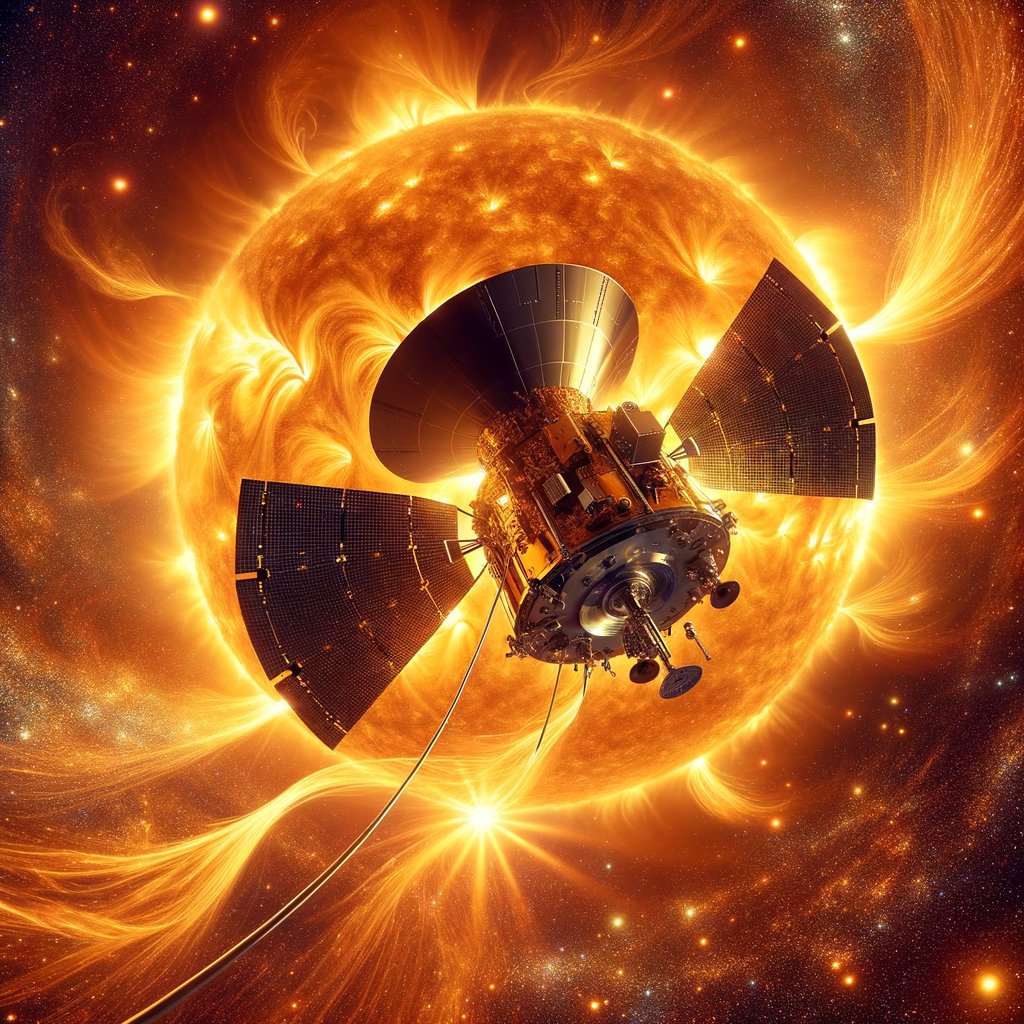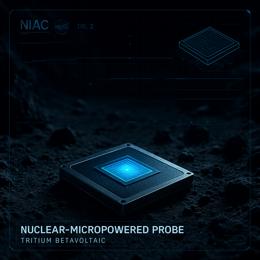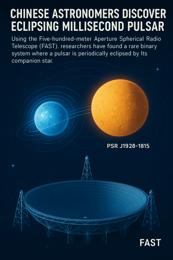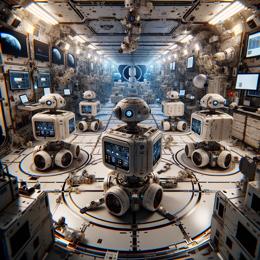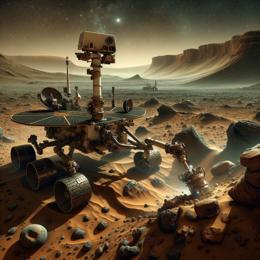Image created by AI
NASA's Parker Solar Probe Achieves Historic Close Approach to the Sun
NASA's groundbreaking mission to "touch" the Sun has set a new milestone with the Parker Solar Probe achieving its closest approach yet to the solar surface on December 24, 2024. This historic event saw the spacecraft come within 3.8 million miles of the Sun, moving at an unprecedented speed of 430,000 miles per hour, making it the fastest human-made object in history.
The probe's close proximity during this pass, which is the first among several planned approaches at this distance, allows for unparalleled scientific observations aimed at unraveling the Sun's mysteries. According to Nicky Fox, the director of the Science Mission Directorate at NASA Headquarters, the mission not only helps enhance our understanding of the Sun's impact across the solar system but also contributes to our broader astronomical knowledge, supporting the search for habitable planets beyond Earth.
Launched in 2018, the Parker Solar Probe has utilized multiple flybys of Venus to adjust its trajectory towards the solar body. It achieved its current optimal orbit on November 6, 2024, which is strategically designed to facilitate a close yet safe study of the Sun’s attributes every three months. Nour Rawafi, the project scientist at the Johns Hopkins Applied Physics Laboratory (APL), highlighted the probe's resilience in one of the harshest environments in space, asserting that it has exceeded all mission expectations.
The spacecraft's survival close to the Sun is ensured by an innovative heat shield made of carbon foam, capable of withstanding temperatures up to 2,600 degrees Fahrenheit. This shield allows the spacecraft's instruments to remain at safe operational temperatures despite the extreme heat of the solar corona it studies.
John Wirzburger, a mission systems engineer at APL, emphasized the technological challenge of approaching the Sun—a goal that has been in the sights of the space science community since 1958. The Parker Solar Probe's successful maneuvers and data collection are critical in studying phenomena such as solar wind origination and the mechanics behind the acceleration of solar particles to extreme speeds.
Kelly Korreck, a NASA heliophysicist, pointed out that previous passes have already enhanced scientists' insights into the solar atmosphere. The mission has discovered unexpected phenomena, such as the corrugated structure of the solar corona's outer boundary and crucial insights into solar wind patterns.
The mission has also contributed knowledge beyond our star, documenting interactions between solar explosions and interplanetary dust, as well as novel findings on Venus through its flybys.
As the Parker Solar Probe continues to transmit new data, the scientific community eagerly anticipates further revelations that could have profound implications for our understanding of solar dynamics and interstellar phenomena. The next significant approaches are scheduled for March 22, 2025, and June 19, 2025, which are expected to yield even more critical data.
